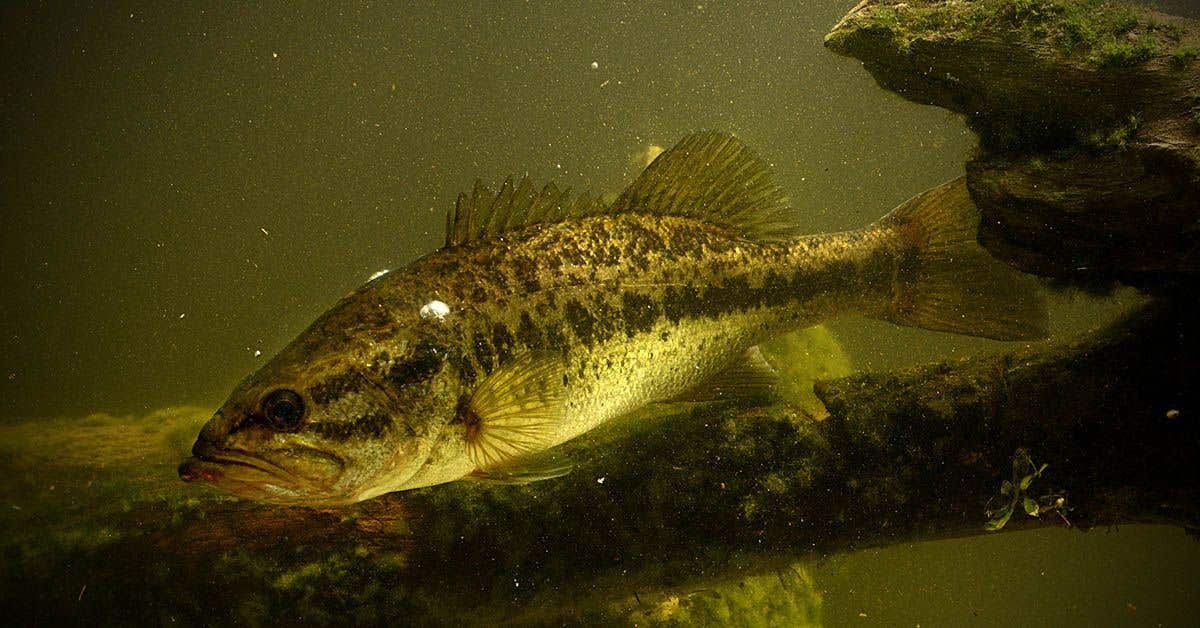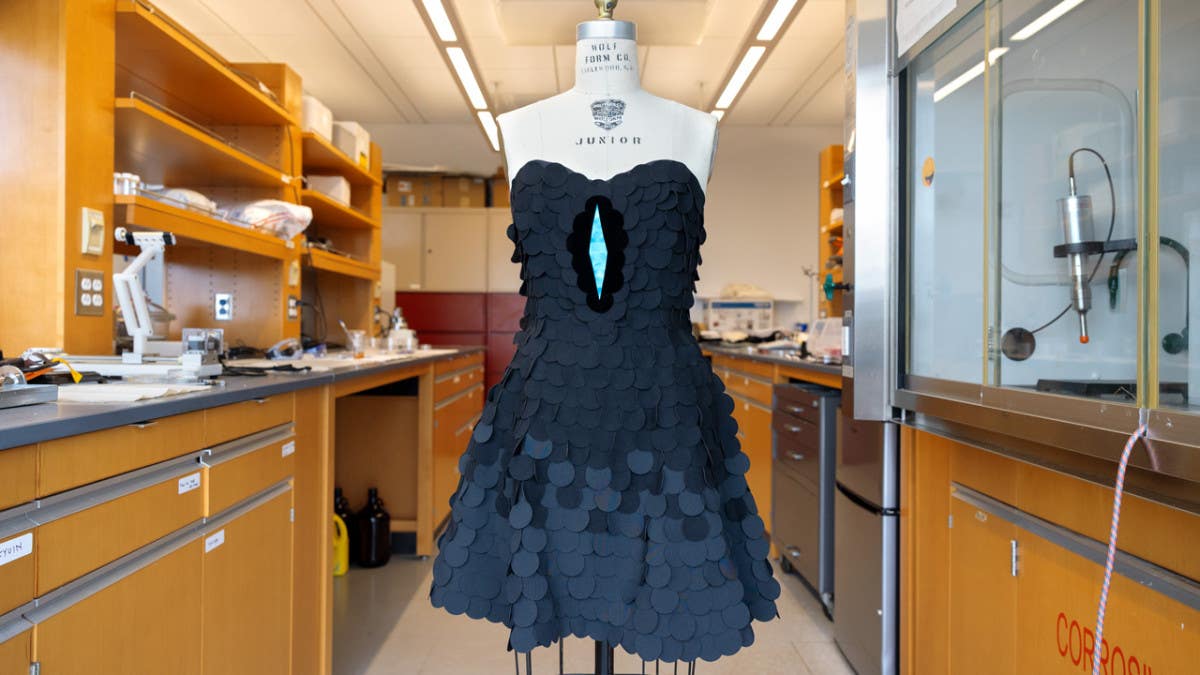90% of freshwater fish in US carry dangerous human-infecting parasites
Two dangerous parasites now infect freshwater fish across California. Eating raw fish could increase your risk of trematode infection.

Freshwater fish in the U.S. now carry parasites once rare in the region, posing a new health risk for raw fish lovers. (CREDIT: iStock / FtLaudGirl)
In Southern California, a quiet but widespread public health risk has taken root in the region’s freshwater fishing spots. Researchers from Scripps Institution of Oceanography at UC San Diego recently found that two types of parasitic flatworms, known as trematodes, are commonly infecting freshwater fish caught by local anglers.
These parasites, known to cause digestive problems and, in rare cases, more serious health issues in people, have raised concerns about a once-overlooked threat: fishborne trematodiasis.
Parasites Hiding in Plain Sight
A 2023 study examined 84 fish across seven commonly caught species, including largemouth bass and bluegill. These fish came from five popular fishing areas in San Diego County. More than 90% of the fish were infected with at least one species of trematode. One parasite, Haplorchis pumilio, appeared in 93% of the sampled fish. In some cases, individual fish harbored thousands of the parasites. The second parasite, Centrocestus formosanus, was found in 91% of fish at two of the study sites.
Both parasites are originally from Southeast Asia. They entered the U.S. inside an invasive aquatic snail, Melanoides tuberculata, also called the red-rimmed melania or Malaysian trumpet snail. This snail now lives in at least 17 states and Puerto Rico. As the snail spread, so did the parasites it carries.
“The parasites are here in the U.S., and they’re infecting fish that people are eating,” said Ryan Hechinger, an ecologist and parasitologist at Scripps and the senior author of the study. “We hope this study can help make public health officials, doctors, and the public more aware.”
A Perfect Storm for Infection
For many years, Americans didn’t worry much about parasites in freshwater fish. That’s because the snails that serve as the first host for these trematodes were not found in the U.S., and few cases of human infection had been reported. But that has changed with the widespread introduction of M. tuberculata and its parasites. These snails now live in areas where people fish, increasing the chances of human exposure.
Related Stories
The trematode life cycle moves through three hosts. It begins with the snail, where the parasite matures and releases free-swimming larvae called cercariae. These larvae infect freshwater fish, forming cysts in the fish's flesh. When a bird, mammal, or human eats the raw or undercooked fish, the parasite completes its cycle in the host’s small intestine. There, it grows into a 1–2 mm adult worm that can cause a range of symptoms. These include abdominal pain, diarrhea, weight loss, fatigue, and in severe cases, even strokes or heart attacks.
“This hasn’t historically been an issue here,” Hechinger said. “But these trematodes have now been widely introduced in the U.S., and that means that doctors and the public should be aware.”
A New Food Trend Meets an Old Threat
Eating raw fish has grown more popular in the United States, thanks to dishes like sushi, poke, and ceviche. The danger isn’t in the food itself, but in how it’s prepared. When fish is eaten raw or unfrozen, any parasites inside can survive and infect whoever eats it.
To understand how common this risk might be, the researchers studied 125 YouTube videos of people preparing and eating freshwater fish. These videos had nearly 5 million total views. About 65% of them did not mention freezing or properly cooking the fish. That lack of care is exactly what allows trematodes to spread.
“Nearly 5 million views shows there is widespread interest and possibly a widespread practice of folks eating freshwater fish raw,” said Emma Palmer, a marine scientist at the Smithsonian Environmental Research Center who worked on the study during her graduate research at Scripps.
Freezing fish for at least one week or cooking it to safe temperatures kills the parasites. The Food and Drug Administration recommends these methods to prevent infection. For most people, minor infections may cause few symptoms. But long-term or repeated infections could lead to more serious health problems.
Public Awareness Is Key
The findings, published in the Journal of Infectious Diseases, have caught the attention of researchers and health officials alike. Funded by the National Institutes of Health, the study urges better awareness among both the public and medical professionals.
“There’s no need to panic,” Hechinger said. “The risks are easy to mitigate.” But he stressed that more education is needed to help people understand those risks. That includes anglers who bring home their catch and anyone who eats freshwater fish in raw or lightly cooked forms.
Hechinger, Palmer, and co-author Daniel Metz from the University of Nebraska are now working to share their results with public health departments in Southern California. They hope doctors will begin to consider trematode infection when diagnosing digestive complaints, especially in patients who regularly eat freshwater fish.
“There haven’t been any reported cases of these parasites infecting Americans,” Hechinger said. “But nobody is looking for cases, and doctors aren’t required to report them.”
The researchers recommend that fishborne trematode infection be added to the list of diseases that must be reported by medical professionals. That change could lead to better tracking and faster responses to outbreaks if they occur.
An Overlooked Threat, Now on the Radar
Fishborne trematodiases are recognized as major public health issues in parts of Asia and the western Pacific. In those areas, these parasites infect millions and cause serious illness. But in the U.S., they have mostly flown under the radar — until now.
At least 11 human-infecting trematodes use M. tuberculata as their first host. Three have already been found in the United States. As invasive snails continue to spread and more people eat freshwater fish in risky ways, the chances of local transmission increase.
“This kind of research is so important to identifying new public health threats,” Hechinger said. “And it wouldn’t have been possible without NIH funding. This is research a private company would never fund because it won’t make anyone rich, but it might make the general public a little healthier.”
The story of these parasites is still unfolding. But for now, one message is clear: freezing or fully cooking freshwater fish is a simple step that can protect your health and prevent a parasite from turning your next meal into a medical problem.
Note: The article above provided above by The Brighter Side of News.
Like these kind of feel good stories? Get The Brighter Side of News' newsletter.



